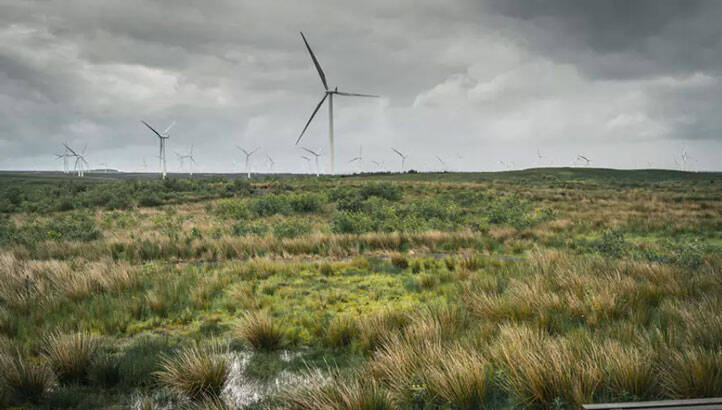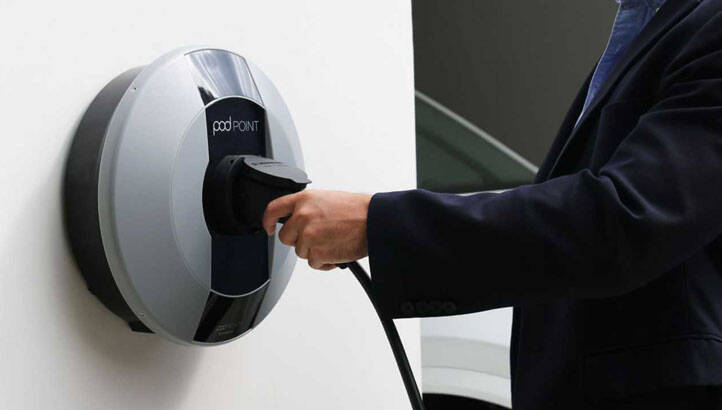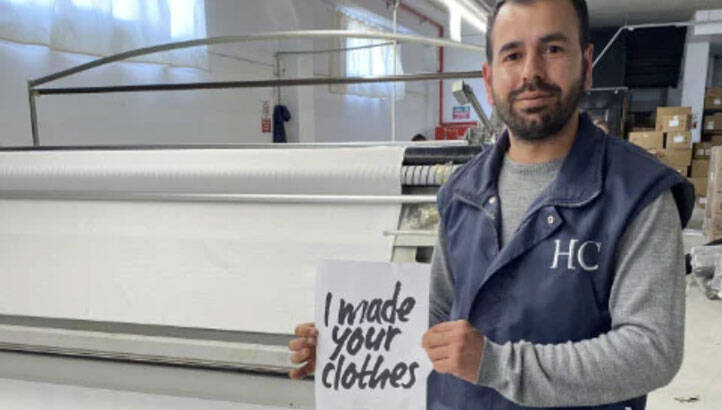Register for free and continue reading
Join our growing army of changemakers and get unlimited access to our premium content

Published every week, this series charts how businesses and sustainability professionals are working to achieve their ‘Mission Possible’ across the campaign’s five key pillars – energy, resources, infrastructure, mobility and business leadership.
Across the UK, leading businesses, cities, states and regions are turning environmental ambitions into action. Here, we round up five positive sustainability stories from this week.
ENERGY: Energy flexibility trials in Scotland a storming success
The general public in the UK is increasingly getting on board with the need to build flexibility into energy systems as demand increases and as the generation mix decarbonizes. Some 1.6 million homes and businesses took part in the National Grid’s Demand Flexibility Service this winter, avoiding energy use at peak times.
Now, flexibility services marketplace Piclo has completed the first sale of flexibility services to the National Grid’s Local Constraint Market. Under the service, energy generated from wind farms in Scotland at peak generation time will be directed to businesses and homes with electric cars and battery storage.
This prevents the need for wind curtailment – the wasting of electricity when generation outstrips demand. £1.5bn was spent to curtail wind power between January 2021 and April 2023 according to Carbon Tracker.
Since the end of May, over 10 different days, a total of 3MWh of flexibility was contracted and dispatched under the Piclo scheme.
Piclo chief executive James Johnston said: “This is a momentous milestone for Piclo and the ESO. It is the first time the ESO’s control room has used a cloud-based platform as part of their trading operations. This marks a turning point in the energy transition, where the introduction of a digital marketplace not only democratises access to flexibility markets by reducing barriers for participation but also facilitates a more efficient and streamlined operation of the electricity network.We start today with 3MWh and our ambition is to grow to 30GWh. This has been a massive boost to our mission to decarbonise the world’s grids.”
RESOURCES: Wimbledon serves up reusable drinks packaging
Big events like sports matches, concerts and festivals can be a nightmare in terms of single-use packaging use.
After introducing reusable cups for attendees (for drinks and for strawberries), Wimbledon is this year debuting a refillable water system for players. The system is being provided by Evian, with refill stations available on courts, practice courts, at dressing rooms and in restaurants.
Wimbledon has also partnered with CLUBZERØ to offer juice in reusable cups. CLUBZERO has previously received the support of businesses including Just Eat and Costa Coffee.
Nonetheless, some green groups are urging Wimbledon to end the sale of single-use plastic water bottles to fans and to do more to prevent waste from food packaging. The championship is also being pressed to drop Barclays, given the bank’s historic and ongoing financing for fossil fuels.
MOBILITY: Barratt Developments forges major EV charging point partnership
Since last June, all new residential developments in England with parking spaces have needed to provide adequate electric vehicle (EV) charging infrastructure.
This week, Barratt Developments, one of the UK’s biggest housebuilders, has signed an agreement for charging point provider Pod Point to become one of its key suppliers.
The agreement will see thousands of charging points installed over a two-year period, following the installation of EV chargers at more than 3,000 Barratt properties since 2018.
Pod Point’s chief executive Erik Fairbairn said: “Today, around 80% of all EV charging takes place at home and growing EV charging with Barratt’s is a hugely positive step in enabling customers to choose electric and help decarbonise UK roads.”
THE BUILT ENVIRONMENT: London office redevelopment slashes emissions with reused steel
There is an increased recognition of the importance of tackling embodied carbon from buildings as well as the climate footprint of their operations. The UK Green Building Council estimates that half of the average building’s embodied carbon is attributable to materials used, including concrete and steel.
This week, FORE Partnership posted progress with its Tower Bridge Court project, revealing that 20% of the steel used at the site will be reused from the former House of Fraser department store on Oxford Street. The remaining steel framing at TBC.London will contain at least 56% recycled content.
In total, 100 tonnes of steel will be “mined” from Oxford street for use in the new mixed-use development. It will mark the first time that steel from a building dating pre-1940 will be reused in a UK-based construction project. Webb Yates and Willmott Dixon are working on the project alongside FORE.
FORE’s managing partner Basil Demeroutis said: “We have been able to overcome many false assumptions and perceived barriers to re-using the steel…Innovation and collaboration are critical to FORE’s journey to net zero carbon by 2025 and indeed to transforming the built environment more broadly. We need to think creatively and systemically.”
BUSINESS LEADERSHIP: BAM adds ‘radical transparency’ labels to clothes
Fashion supply chains are notoriously complex and most brands do not disclose in-depth information about the journey their materials and products take to reach stores. Fashion Revolution ranks the average brand just 21% out of 100% on transparency.
BAM’s addition of labels enabling shoppers to access information regarding the entire supply chain is, therefore, an example of true leadership.
The British brand has added QR codes to garments called ‘BAM DNA’. By scanning these codes with a smartphone, shoppers can access information on what products are made from; who they were made by; where they were made and the environmental impact of each stage of the supply process.
““It’s taken years and a huge amount of effort but we’re delighted to be launching BAM DNA in collaboration with Green Story, making the journey of our garments as transparent and accessible as we can for the people who buy them,” said BAM’s sustainability and technical manager Merryn Chilcott.
She added that, while some brands tell “a small part of the story” by disclosing fabric content, BAM wants to disclose more information, to help the general public understand how “incredibly complex” the process of making clothes really is.
BAM is aiming for full traceability of all supply chains by 2025.







Please login or Register to leave a comment.